This post may be a little out-dated, so bear with me.
In April 2012, I ventured into the big bad world solo for the first time. I had previously been on a trip to Romania with a group of fellow volunteers, most from my school who I knew, but South Africa was my first time travelling totally independently. No adults to make sure I hadn’t forgotten my passport, or left my bag on the plane. I was responsible for my own well-being, and God, when is that never scary?!
How did I come about going to South Africa and working with baboons? Well, a year or so previously we had a day where various different companies visited us at our school to talk about our options once we had left college. One of those companies was Oyster Worldwide, who provides Gap Year & travel holidays to all ages and of all varieties. There’s animal & wildlife conservation, volunteering with children, paid work, ski seasons, hospitality work and so on available to anyone who’s interested. So when they did their talk at our school and mentioned working with animals, my eyes lit up. I had already done youth work in Romania, and have always been very much an animal person, so immediately I was hooked.
A year went by and I finished my studies at college & felt at a loss. University was becoming less and less of an option for me – partly because I sort of didn’t want to go, but also because my grades were slipping. I struggled to stay passionate & focused, and felt completely isolated whilst my friends received their offers from Universities.
So when it became apparent that I wasn’t headed towards a degree, I thought some time away might do me good. You know, find ya self and all that lark. And then I remembered Oyster Worldwide. I searched their website and looked at their wildlife conservation & saw their project based in SA working with primates. Bingo.
People looked at me quizzically when I expressed my interest in working with primates. It was a first for me too – I’d never done anything like it or had any previous urges to be a vet or along the lines of, so yeah, there’s that. But I was set on doing it, and so I got in touch with Oyster and spoke to a lovely lady called Anne who talked me through the project, the costs, what would be included & so on. The project sounded so hands-on, rather than observing from the sidelines, & I was sold.
So, deposit paid & flights booked I waited anxiously, counting down the days until I boarded a plane all on my own at the ripe age of 17.
Was it the best thing I ever did? Yes. Yes, yes, yes and more yes (soz, sound like a Herbal Essences advert). Did I love every second? Definitely.
Riverside Wildlife Rehabilitation Centre
Location: Phalaborwa, South Africa (Limpopo Region)
Total Flight Time: Roughly 11-12 hours (1 international flight, 1 internal)
Total Cost: Just under £2k for 3 weeks (flights, accommodation, breakfast & dinner included)
I guess I should give a little bit of background info on the centre itself. The centre is run by a lovely couple, Bob and Lynne. Surrounded by pretty orange orchards and a river, Riverside is literally a beautiful little bubble that you get sucked into and kept away from the hassle of the outside world. The nearest town is about a 40 minute drive away, so you are pretty secluded – which, actually, is a good thing. Nature is every where you look, the grass is green and lush, and the trees are huge and flowering. Wifi is cut off early on in the evening, so you actually have human conversations with your fellow volunteers. Gasp.
Riverside doesn’t just accommodate baboons. There are also Ververt monkeys, bush babies, samango monkeys, & sometimes the occasional stray kitten. They also LOVE their guard dogs – we had Benji and Kiara (boxers), Coco and Max (German shepherds), and Lizzy and another wee sausage dog that I can’t remember the name of *sniff*. Kiara is now the only dog standing out of the original gang, but they’ve had new members of the canine family added since I’ve been!
So – technical stuff. There are 4 steps to primate rehabilitation at Riverside. They go like this:
- Quarantine: When a new monkey arrives, it is kept in a separate cage in quarantine for 40 days. Here we observe it’s behaviour, measure it, weigh it, and do a TB test. Unfortunately, if the TB test comes up as positive, the primate has to be killed due to the high risk of infecting the other primates.
- Intro(duction): After those 40 days, the monkeys are bought into the intros. The intros are large cages, big enough for 20 or so monkeys and are within an enclosure. Here, they get used to the other monkeys within the enclosure, and form groups amongst themselves. Whilst in the intros, they still have human contact, although it’s very minimal.
- Enclosures: A large area of land is fenced off with electric fences (the monkeys eventually learn from these, so they don’t end up climbing over and escaping. Rarely any harm is done to them through these, so don’t worry!). They stay in these enclosures for roughly 3 years, so that they learn how to hunt and defend for themselves. Aside from feeding, there is no human interaction at this stage.
- Release: The monkeys are then sedated, and taken to a release site. After a few hours of monitoring in a large, fenced off enclosure on the release site, the door is opened and the troop is allowed out to explore it’s new home.
If you’re a baby primate however, you’re looked after constantly. Meet Tom Tom.
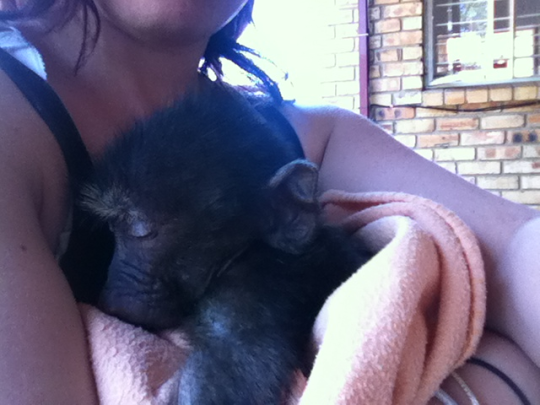
Tom Tom was my boo. He came in after his mother was killed by a hunter, with some minor injuries. Normally as babies they’re nervous, jittery, and very clingy. They take some time to get used to you, and once they’ve become attached as a baby they find it incredibly hard to be away from you.
And when I say they’re looked after constantly, I mean constantly. I showered with Tom Tom asleep on my head (fav memory EVERRR). If I went to the kitchen, he’d follow suit. Prepping food with other volunteers? He’d be climbing up my back and on my head (and more often than not, peeing on my leg or something). That’s another thing I should mention – you have to be okay with dirt, and pee, and poo. When you’re working so closely with primates, especially the wee bubbas, they don’t give a flying toss about where they pee. They don’t care that you’ve just cleaned yourself with excessive amounts of baby wipes, so you have to learn to shrug it off.
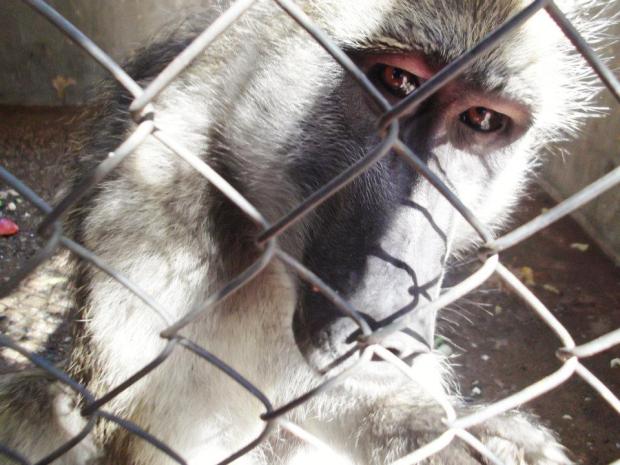
Day to Day Duties
So, the schedule normally went like this (timings are approximate, I can’t really remember them all that well):
06:30 – 07:00 am: Groggily haul your ass out of bed, get dressed, and head to the main house where we met for a quick coffee and a cigarette before going about our day.
07:15 – 09:00 am: We’d be rota’d on for various different duties each day. There was food prep, cleaning enclosures, cleaning the surgery (this required extra work, we had some sick monkeys and everything needed to be disinfected daily), washing of old towels, cleaning bottles used to feed the bubbas, and so on.
09:00 – 09:30am: Breakfaaaaaaast!
09:30 – 11:30am: Carrying on with our jobs and helping out any others if we were finished with ours.
Then, the day was pretty much free range. We’d have our lunch (normally left overs from dinner & any snacks we’d bought in the week), take the bubbas down to the pool for a swim, monitor some of the newbies in the enclosures, and just spend time with the animals. It was glorious. (Heads up: don’t wear flip flops around baboons. They’ll take them and you’ll end up with one in a tree and another in a river somewhere. Or half chewed and covered in poop)
Probably around 6pm-ish, we’d head back to our dorms to freshen up and have a shower. The showers were outside, and I kid you not, showering outdoors is one of the nicest things EVER. Especially when it’s bloody baking and you’ve been sweating like your life depends on it.
Note: these are long days. Each volunteer works incredibly hard, and whilst we’re there to have fun and spend time with the animals, you will be expected to do your bit. It’s very much team work focused, and the more you help each other in the mornings, the more time you have to spend with the animals.
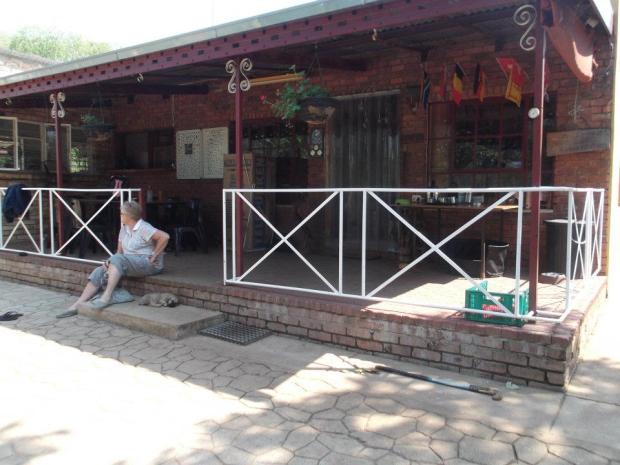
Then we head back to the volunteer centre and have dinner and relax. Towards the end of the evening, we’d do a last feed with our babies, and try to put them to bed. I know it all sounds a bit weird and you’re probably thinking “are you referring to humans, or baboons??”, but you honestly have to care for them like you would a baby. They’re fully dependant on you, since most of the time their mothers have been killed and they’re orphaned.
Essentials to bring with you:
- Basically, anything disposable and stuff you don’t mind getting absolutely filthy. I did a massive Primark haul and thank God, because by the end of it I had at least 3 ripped t-shirts and you don’t want to spend money on stuff that’s likely to get ruined.
- Baby wipes. All the baby wipes.
- Toiletries, and lots of em. You’ll be ever so grateful at the end of the day when you have your shower.
- Sun cream, especially in the summer months – it gets incredibly hot.
- Camera. Always. You’ll want to capture certain moments forever.
- Comfy trainers (flip flops are fine but like I said, be prepared to find one in a tree if you wear them around the monkeys)
- Money. I saved up like £2k for flights and accommodation etc. but you’ll still need some extra cash to buy your own bits and bobs if you’re out there for a while. The Rand against the Pound is really, really good and it’s dirt cheap out there, so you won’t need LOADS, but I’d say a good £200-300 for two weeks might do you good and let you live comfortably.
Other Fun Stuff
Riverside also offers excursions and trips to outside of the centre. Once or twice a week we’d head to town to do a shop (we’d buy our own snacks and anything we needed, but main meals were provided). On special occasions, like a birthday, we’d head to a local restaurant for dinner.
They also arrange daytime trips to visit famous landmarks and settings. My second time at Riverside we decided to do the Panorama Route, which was absolutely stunning. Me and a fellow volunteer, Danny, decided to do the big swing which was terrifying, but possibly one of the best experiences I’ve had to this day.
They also do a few nights stay in Kruger Park at an extra price, where they take you around the park and give you your own private safari. You can camp out at the park – I never got a chance to do this, but it certainly should be something you look into doing if you ever go!
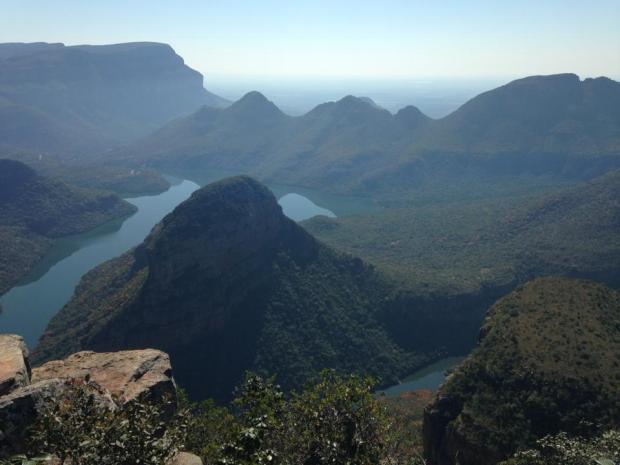
It honestly was hands down the best experience I’ve ever had. I formed such a bond with TomTom in the three weeks I was there, and made some great friends. The most amazing part is when I returned to Riverside a year later, TomTom knew who I was. A WHOLE YEAR LATER GUYS. It was incredible.
I was so anxious about being with people I’d never met, but I surprised myself and was able to be the confident, happy Joni I knew I could be. Prior to going to SA the first time round, I was very down in the dumps and lost as to what to do with myself. I didn’t have an epiphany, I didn’t find “my calling”, but I spent some time doing something I loved enough to return a year later.
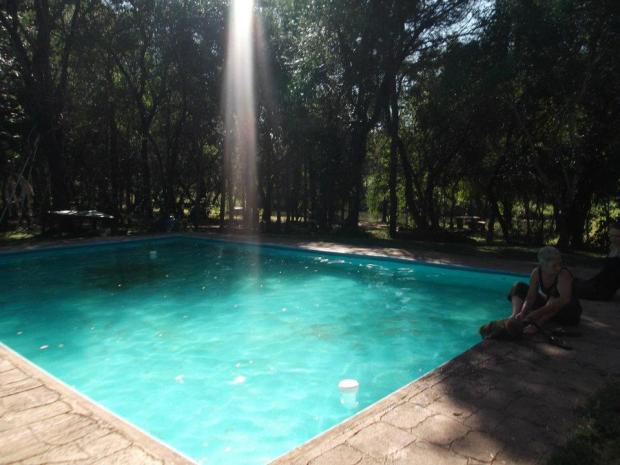
I miss Riverside terribly, and hope to go back soon. If you ever get the opportunity to visit such a place, I urge you to do so. Primates, amongst other animals and wildlife, are incredible to work with and Riverside does such an amazing job in rehabilitating primates back into their natural state. In SA, baboons are seen as vermin, when really their land and habitat has been urbanised (is that a word? I feel like it isn’t?!) and they’re only trying to survive. Bob and Lynne are so passionate in what they do, and the amount of work and time they put into this place is astounding. Every volunteer that I met was equally as passionate about the care and future of the primates, and without them, the centre wouldn’t have been successful as it is.
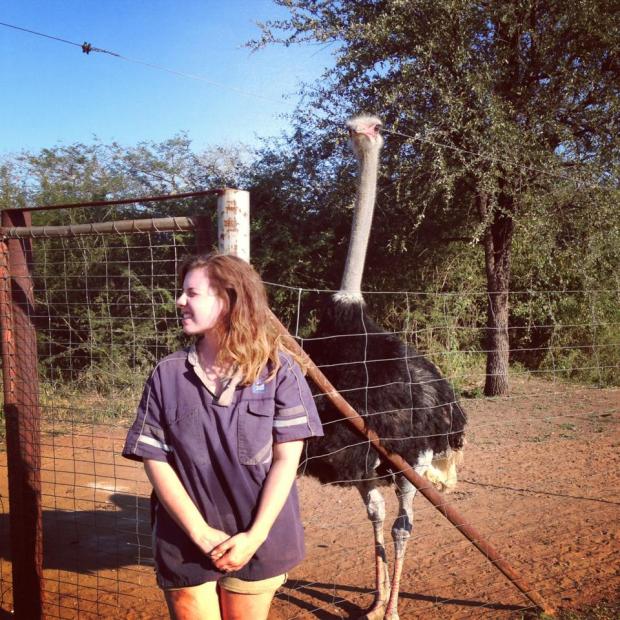
If you want more information on Riverside, visit Oyster Worldwide or the centre itself – website is here. I’ve probably missed out a whole bunch of stuff, but feel free to drop me an email and ask any questions you may have if you’re interested! 🙂
Next on my list? The Elephant Sanctuary in Thailand. Come to mama.
All my love and baboon kisses,
J xxx

